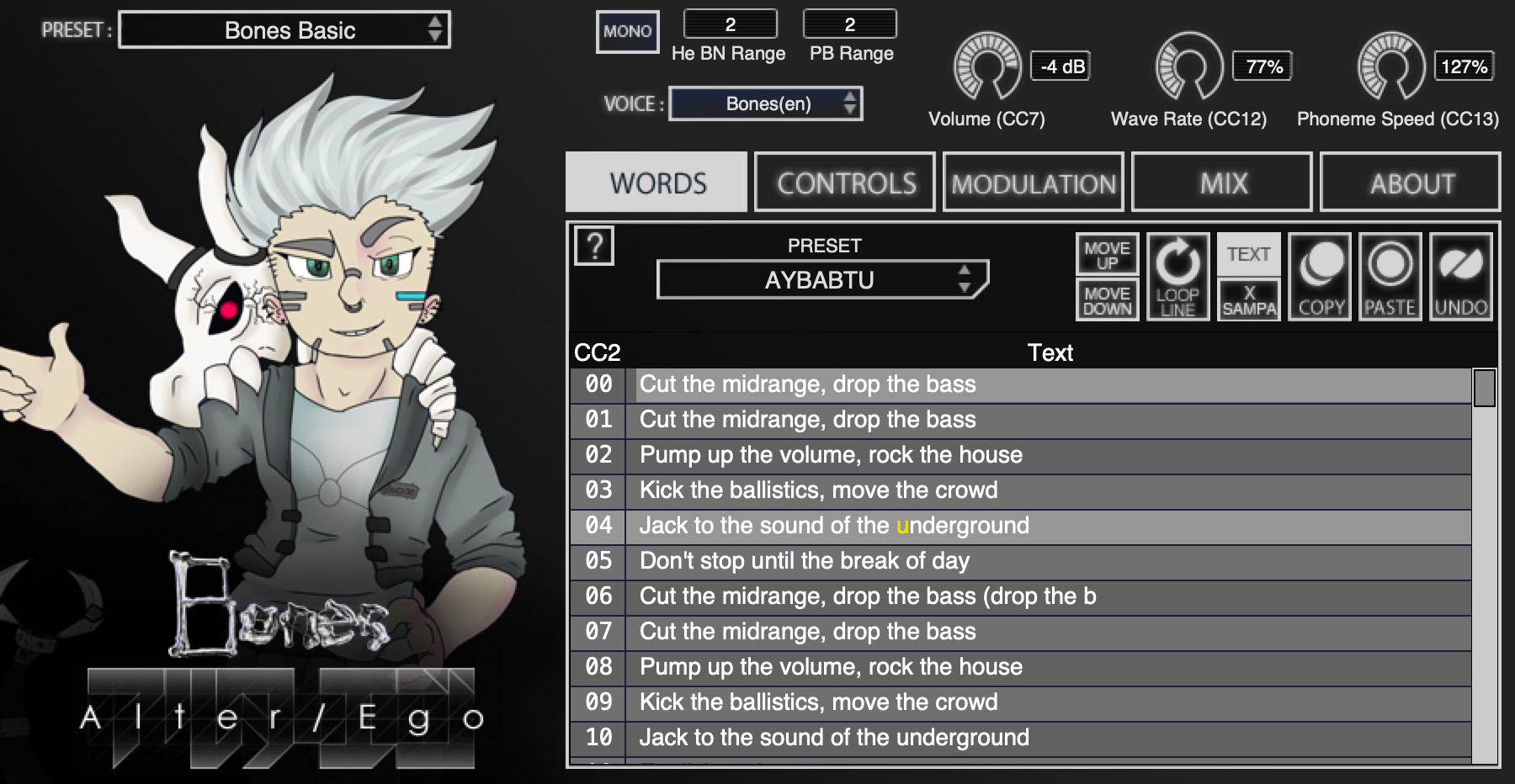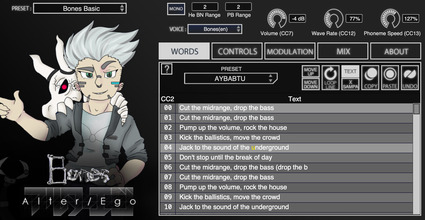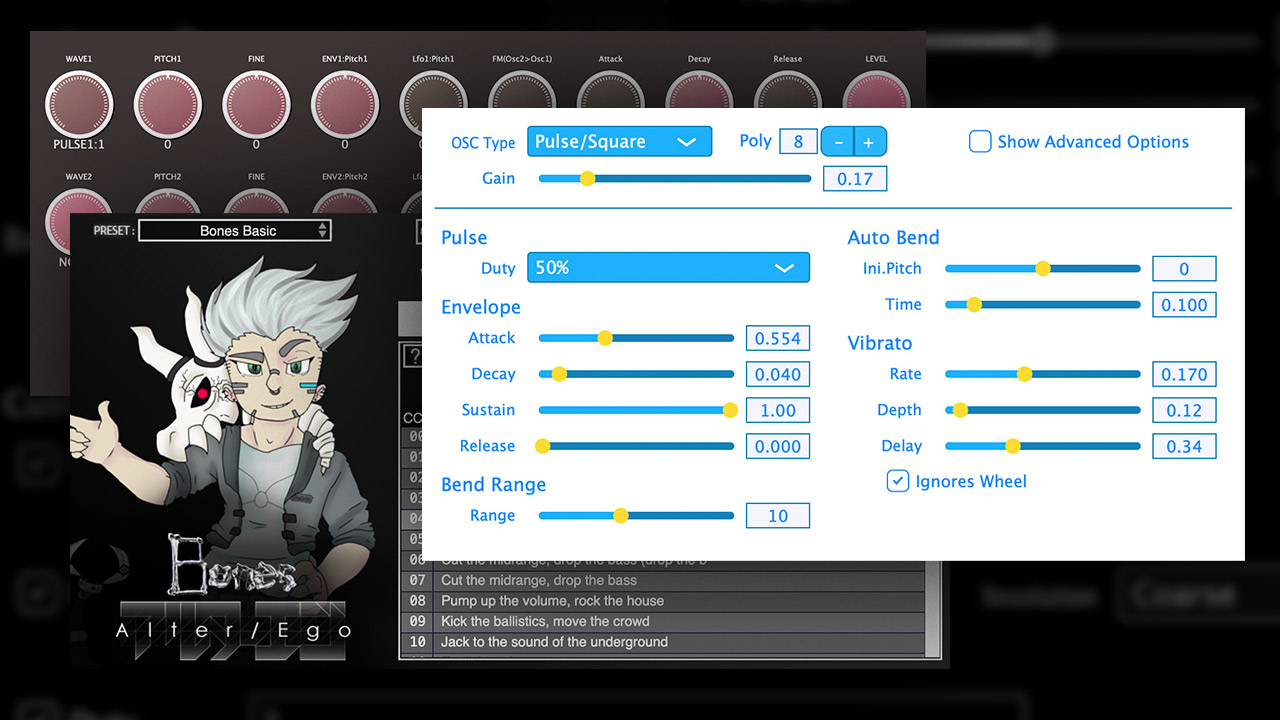
Sometimes you just need that 8-bit Nintendo vibe. Luckily, there are some great free chiptune soft synths to get you started. Mario would be proud.
This one is amazing. Instant NES sound out of the box. It’s called Magical 8bit Plug by YMCK.
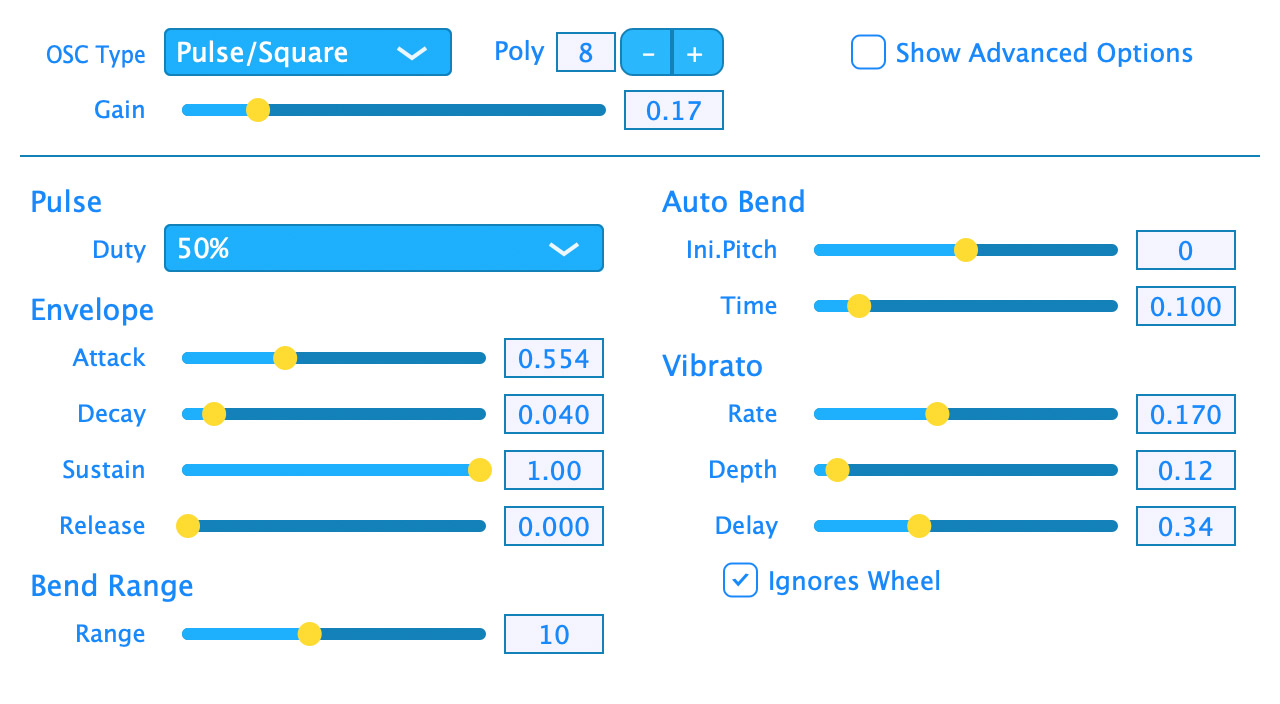
Free Chip Tune synth that sounds a lot like the NES. From the developer:
Magical 8bit Plug is a plug-in style software-synthesizer for producing primitive electronic sounds like the old 8bit game consoles. In Macintosh environment, it runs with AU (Audio Units)-supporting applications: ex. Logic, Digital Performer, Garageband. In Windows environment it runs with VSTi supporting applications: ex. Cubase.
Most of the software/hardware synthesizers include the most primitive waveform: square wave and pulse wave. But almost none of them include the pseudo-triangle or the low-resolution noise that will most characterize the 8bit sound’s unique taste. Magical 8bit Plug will help you producing the old 8bit sounds by providing those unique waveforms.
Limitations of Original NES Hardware
Here’s a good video that shows Magical 8bit Plug in action with a helpful overview of NES hardware limitations. Note that the video is demoing an older version of the plugin (hence the different GUI) running inside Logic Pro, which is a Mac-only DAW, but the principles are the same for any DAW. The plugin is compatible with both Mac and Windows.
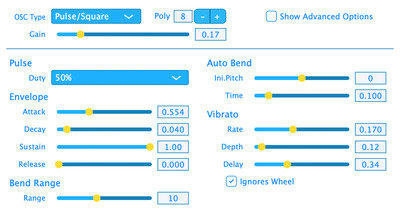
Another one of my favorite chiptune soft synths is called LowBitMonoSyn, a free 8-bit monophonic Chiptune synth. From the developer:
This is monophonic synthesizer. the oscilator wave is low bit. and this has many modulations. 2 OSC(8bit sine wave, Pulse 3:1, pulse 1:1, pulse 1:7, 4bit tri, 4bit saw, 4bit noise, noise like family computer) Pitch(Pitch and Fine), Env modulation, Lfo modulation, osc2>osc1(fm), osc2 feedback 2 ADR 1 LFO(only tri wave but 4bit)
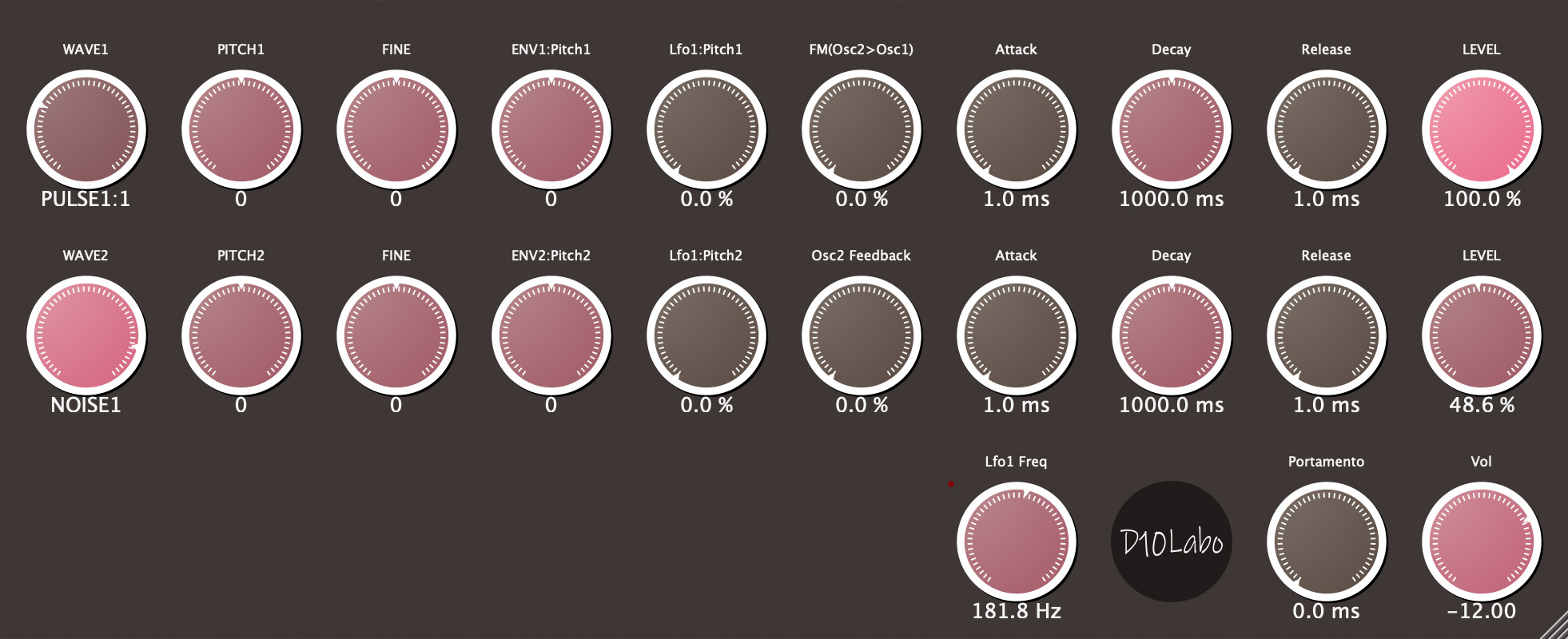
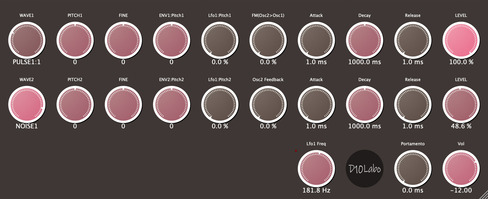
For some nerdy text-to-speech robot singing, there’s Plogue Alter/Ego, a real-time singing synthesizer. From the developer:
Alter/Ego is based on the award winning technology featured in chipspeech but instead of targeting Vintage voice technology, it focuses on more ‘modern’ (1990+) singing synthesis algorithms and research.
